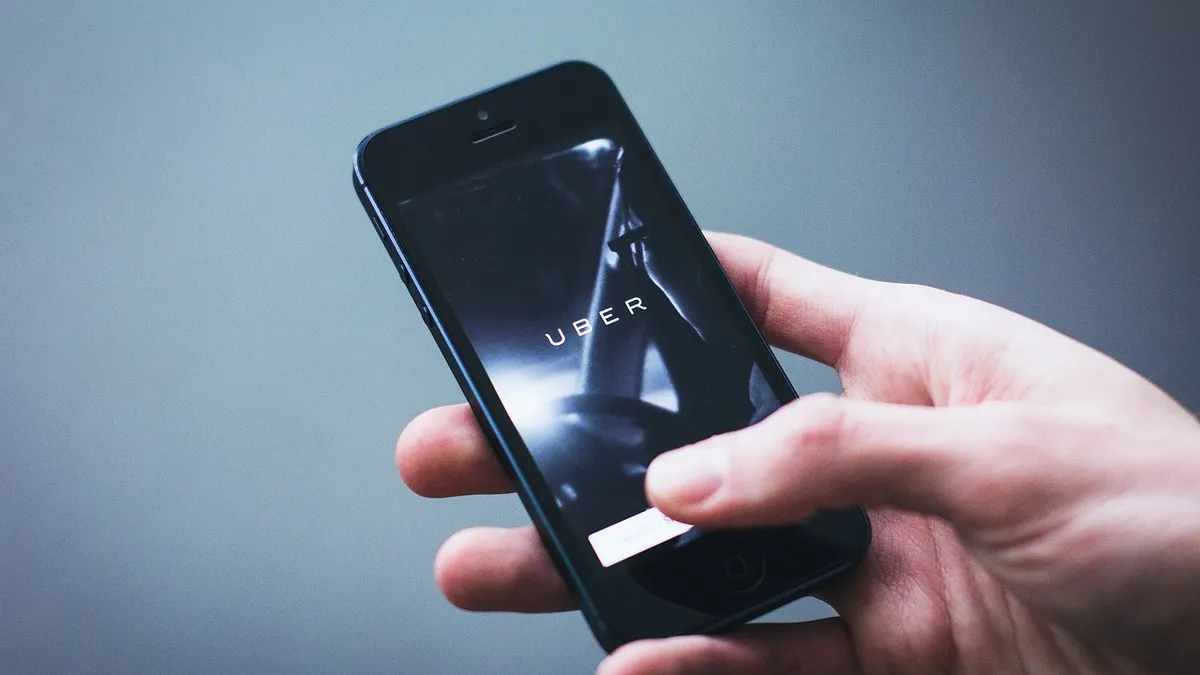Dive Brief:
- Uber will consider progress toward its 2022 diversity and inclusion goals when it determines executive pay and evaluates executives' job performance, the tech company announced Monday in its 2019 D&I report. The company said it tied goals to grow the percentage of women and underrepresented employees in specific roles to compensation "for several of our most senior executives."
- Currently, women comprise 40.9% of Uber's global workforce, 21.9% of workers in tech roles and 13.8% of its tech leaders. Although Asian workers are just under one-third of its U.S. workforce, black or African American, Latinx and multiracial groups each make up less than 10% of its U.S. workforce. These latter three groups make up an even smaller percentage of tech roles. Combined they make up less than 2% of tech leadership at Uber, the report's data showed.
- "Overall, white men still make up the majority of Uber's employee population (30.1%) in the U.S.," wrote Uber's Chief D&I Officer Bo Young Lee in the report. "In 2020, and in each subsequent year, we'll be able to look at the intersectional representation data to assess how well our people processes are working and how inclusive our culture is for different groups at Uber — particularly women of color, whose intersectional identities often result in invisibility, especially in tech."
Dive Insight:
Tech companies have struggled to adequately address the underrepresentation of women and people of color in their workforces and leadership, according to research. Tech leaders, like Uber and Google, have also faced harassment allegations in the past year. Uber examined its demographic data to inform its report and its goals for improvement, but Lee said inclusion is not only about numbers — even in tech workplaces.
"The numbers certainly matter, but they're only a starting point; a commitment to diversity and inclusion has to run much deeper to be successful," Lee said. "It's why our strategic approach is intersectional, at once considering the cumulative impact of various and simultaneous identities, and accounting for the interplay of a multitude of unique complexities related to race, gender identity, sexual orientation, ability, experience, beliefs, and socioeconomic status."
In addition to holding leaders accountable for hitting D&I goals, Uber said it will continue to build a more diverse talent pipeline with learning, mentoring and career development programs.
Advancing more people from marginalized groups into leadership roles, while a step toward diversity, is not the only method to create more inclusivity, experts have said. More diversity at the top combined with a greater voice for workers from underrepresented groups could help address tech's culture crisis.
"When you get into the company and you see that no one in leadership is a person of color or a woman or gender non-conforming, then they're not going to be standing up for what minority interests are," Grant Chinn, a steering member of the D.C. Tech Workers Coalition, previously told HR Dive.















